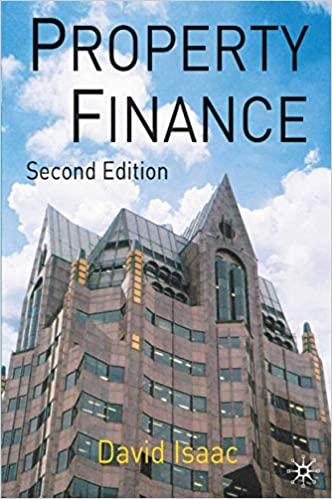 Question C is the most important for me. If you cant answer it, please do not pick up the question. Thank you
Question C is the most important for me. If you cant answer it, please do not pick up the question. Thank you
1. Carolyn just turned 52 years of age and works for the state of California. She started working there on her 23"d birthday, just after she graduated from college. This coming year will be her 30h year working for the state and she is considering retiring on her 53rd birthday as she will have reached 30 years of service. This entitles her to a defined benefit pension in which she receive 90% of her final year pay for the rest of her life, annually increased by the rate of inflation. For instance, if she made S50,000 in her final year working, she would receive S45,000 at the end of the first year of retirement (on her 54th birthday). Each year thereafter the payment will increase by the rate of inflation. Assume that she is expected to live to age 83, allowing for 30 years of retirement. Also assume that inflation is expected to be 3% each vear during her retirement If Carolyn made S80,000 in her final year of working for the state, what is the present value of her pension plan if the appropriate opportunity cost ofcapital were 5.5% per year? Show all calculations. (15) b. The total pay used in the pension calculation is not limited to the base salary of the employee. It also includes any overtime pay that was earned in the final year, a practice known as "spiking". Carolyn's $80,000 is based on working 2000 hours (40 hours per week for 50 weeks) during the year at $40 per hour. If she works overtime, she is paid 1.5 of her normal hourly wage (S60 per hour) on any hours above 2000 hours (above 40 hours per week). If she instead worked 2200 hours in her final year, what would be the new present value of her pension plan? What is the true per hour cost of Carolyn's overtime? Show all calculations. (25) C To fund their employee's retirement, the state of California invests some of their pension To fund their employee's retirement, the state of California invests some of their pension assets in the stock market. Historically, their investment portfolio has earned 9% and government pension rules allow states to use that figure to estimate the required pension contribution it must make every year. Above, we used 5.5% as the discount rate because economists argue that the pension obligation is similar in legal obligation to a state bond and these bonds are currently yielding 5.5%. Currently, California is paying S13 billion per year in benefits (payments made annually at the end of the year) and this is expected to grow at 5% per year (partly due to inflation and partly due to growth in the number of employees). At the beginning of this year, they had $200 billion in their pension plan and if the contributions to the plan grow at the 3% inflation rate, assuming a 9% return allows them to only contribute S6.41 billion at the end of this year to the plan and have it be in balance over the year actuarial life of the plan. (Accounting rules require the present value of benefits over the next 75 years to equal the present value of the contributions over the next 75 years plus the current value of the pension plan's assets.) What would be the required annual contribution by the state if they instead used the more appropriate 5.5% discount rate that corporations would be required to use? Show all calculations (20) c. ABC
 Question C is the most important for me. If you cant answer it, please do not pick up the question. Thank you
Question C is the most important for me. If you cant answer it, please do not pick up the question. Thank you





